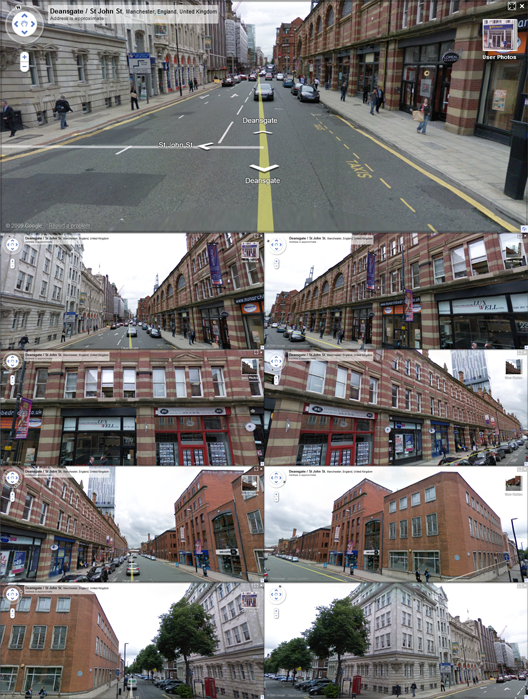“What is Google? Is it a repository for all of our mutually exclusive claims, or is it a higher power to which we appeal? It cannot be both, and yet we seem to treat it as both.” So concludes an article by John Gravois in the online Washington Monthly titled “The Agnostic Cartographer: How Google’s open-ended maps are embroiling the company in some of the world’s touchiest geopolitical disputes.”
As Gravois points out, “Just five years since the release of Google Maps and Google Earth, the corporation may well be the world’s most important mapmaker. More than 600 million people around the world have downloaded Google Earth. As a testament to ambition, that number alone would be remarkable. But Google is also intent on upending our very notion of what a map is. Rather than produce one definitive map of the world, Google offers multiple interpretations of the earth’s geography. Sometimes, this takes the form of customized maps that cater to the beliefs of one nation or another. More often, though, Google is simply an agnostic cartographer—a peddler of ‘place browsers’ that contain a multitude of views instead of univocal, authoritative, traditional maps. ‘We work to provide as much discoverable information as possible so that users can make their own judgments about geopolitical disputes,’ writes Robert Boorstin, the director of Google’s public policy team.”
Google’s mapping software has been widely criticized by special interest groups and even governments for issues ranging from invasion of privacy and posing a threat to national security to caving into censorship and “taking sides” regarding the nationality of disputed territories. Gravois cites Michael Goodchild regarding Google’s rise to dominance in all things cartographical: “The end of the colonial period, hastened by World War II, ushered in a broad crisis in geographical data collection. ‘The modern era collapsed under its own weight,’ says Michael Frank Goodchild, a British American geographer at the University of California, Santa Barbara. ‘By the 1970s it was apparent that it was no longer going to be sustainable to have a world in which national governments sustained geographic information…The standard U.S. topographical map is now on average thirty-five years out of date…Modernist government data collection efforts like the census are in decline all over the world.’”
Satellite imagery has filled that cartographic void to some degree, but satellites can’t provide names on maps: “That’s where another of Google’s capabilities comes in. Over just the past couple of years, Google has been able to build maps of heretofore barely charted cities in Africa, South Asia, and the Pacific Rim—maps that would have brought tears to the eyes of those who struggled for decades to assemble the International Map of the World—by tapping into the same extraordinary resource that has driven so much of the Internet’s expansion: ordinary people. Using a fairly straightforward editing tool called Google Map Maker, volunteers all over the world have been shaping, revising, and detailing maps of their surroundings. ‘Essentially,’ Goodchild says, ‘they’re replacing the traditional production systems that governments are no longer willing to fund.’ That new user-generated system of production, married to the technology of searchable ‘virtual globes’ like Google Earth, has given rise to what people have begun calling ‘neogeography.’”
While Google’s sheer size and multiplicity of applications make comparisons with Big Brother inevitable, its refusal to commit to the concept of a definitive map and its support of an open internet platform gives it a split personality – but Google can’t be all things to all people. Gravois ends his commentary by quoting Goodchild again: “‘In a world where mapmaking is cheap and anyone can do it,’ Goodchild says, ‘you would eventually expect things to become more and more local.’ In such a future, either we will reconcile ourselves to the lack of a central arbiter, or the conflicts will be all over the map.”
Article by Bill Norrington





